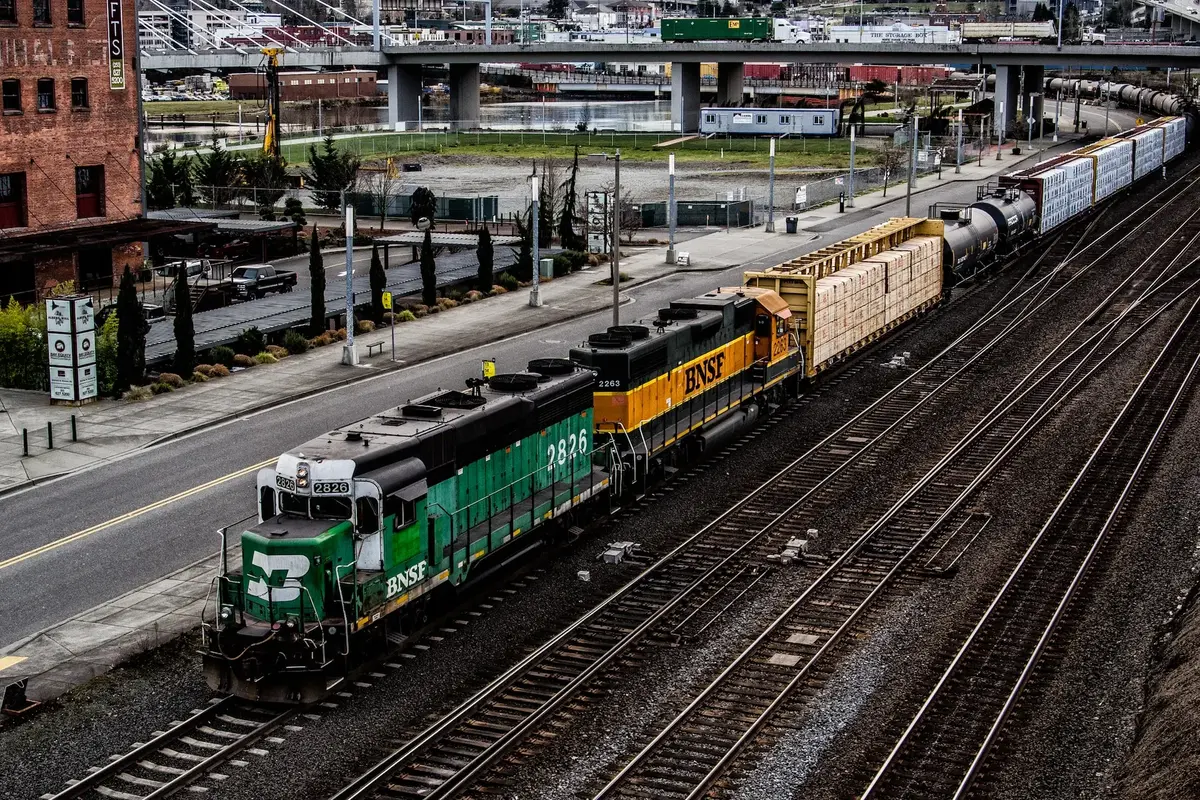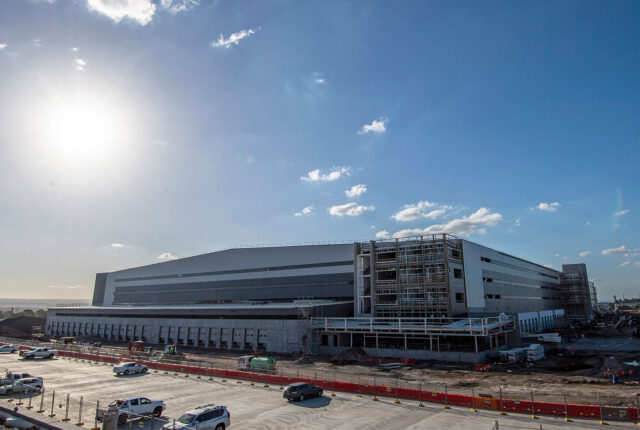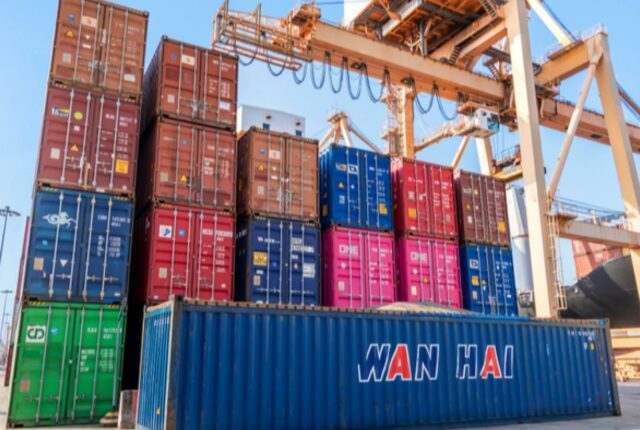
Sustainable Rail Solutions: Reducing Carbon Footprint in Freight Transportation
In an era marked by environmental concerns, finding sustainable solutions for freight transportation is of utmost importance. The carbon emissions produced by traditional modes of transportation have contributed significantly to climate change. However, the rail industry has emerged as a beacon of hope, providing sustainable alternatives that reduce the carbon footprint. In this article, we will delve into the sustainable rail solutions employed in freight transportation and explore their impact on the environment and the economy.
Sustainable Rail Solutions: Reducing Carbon Footprint in Freight Transportation
Rail transportation has long been recognized as an eco-friendly mode of transporting goods over long distances. Its inherent advantages, such as lower greenhouse gas emissions and energy efficiency, have positioned it as a key player in reducing carbon footprint. Let’s take a closer look at the various sustainable rail solutions that have gained momentum in recent years.
- Electrification of Railways
One of the most effective ways to reduce carbon emissions in the rail industry is through electrification. By shifting from diesel-powered locomotives to electric trains, a substantial decrease in greenhouse gas emissions can be achieved. Electrification not only reduces carbon footprint but also improves air quality by eliminating harmful pollutants emitted by diesel engines.
- Renewable Energy Integration
To further enhance sustainability, rail networks are increasingly integrating renewable energy sources into their operations. Solar panels and wind turbines are being installed near rail tracks to harness clean energy. This renewable energy can power railway infrastructure and train systems, reducing reliance on non-renewable sources and minimizing the carbon footprint even further.
- Efficient Energy Management Systems
Efficient energy management systems play a crucial role in optimizing energy consumption and reducing waste. Rail operators are employing advanced technologies to monitor and control energy usage in real-time. These systems analyze data on train schedules, track conditions, and passenger loads to ensure energy efficiency. By minimizing energy wastage, sustainable rail solutions help mitigate the carbon footprint associated with freight transportation.
- Lightweight and Aerodynamic Designs
The design of rail vehicles has a significant impact on their energy efficiency. Manufacturers are exploring lightweight materials and aerodynamic designs to reduce energy consumption during transit. By minimizing drag and improving energy efficiency, these innovations contribute to the overall sustainability of rail transportation.
- Intermodal Freight Transport
Intermodal freight transport, which involves using multiple modes of transportation, is gaining popularity for its sustainability benefits. Rail plays a crucial role in this system by providing the long-haul component, which is both energy-efficient and environmentally friendly. By combining rail with other modes such as shipping or trucking, the carbon footprint of freight transportation can be significantly reduced.
- Track Maintenance and Modernization
Maintaining and modernizing rail infrastructure is vital for ensuring energy efficiency and sustainability. Upgrading tracks and implementing innovative maintenance practices reduce rolling resistance, which in turn decreases energy consumption. These improvements enhance the overall performance of the rail system while minimizing its environmental impact.
Conclusion
Sustainable rail solutions are revolutionizing the rail transportation industry by significantly reducing its carbon footprint. Through electrification, renewable energy integration, efficient energy management systems, and other innovative approaches, the rail industry is leading the way towards a greener future. By embracing these sustainable practices, we can protect the environment, enhance energy efficiency, and foster economic growth. The “Sustainable Rail Solutions: Reducing Carbon Footprint in Freight Transportation” is not just a concept; it is a reality shaping the future of transportation.






